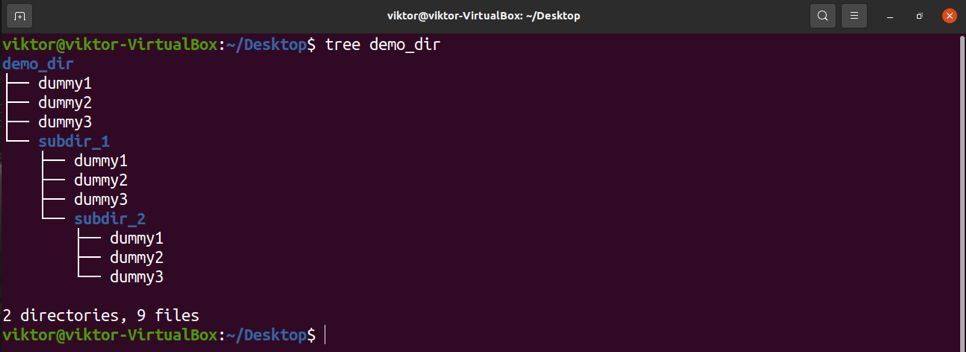

Recurse in directories skip file matching PATTERN.Īs you’ve seen, the grep -r command makes it easy to recursively search directories for all files that match the search pattern you specify, and the syntax is much shorter than the equivalent find/grep command.įor more information on the find command, see my Linux find command examples, and for more information on the grep command, see my Linux grep command examples. The find command is used to search through directories in Linux.By default, it’s fully recursive, so it will search through all sub-directories to find matches. Recurse in directories only searching file matching PATTERN. Read all files under each directory, recursively this is Here’s the section of the Linux grep man page that discusses the -r flag:

As shown, you can use other normal grep flags as well, including -i to ignore case, -v to reverse the meaning of the search, etc.If you forget to add any directories, grep will attempt to read from standard input (as usual). Don’t forget to list one or more directories at the end of your grep command.

This flag tells grep to print the matching filenames. This particular use of the grep command doesn’t make much sense unless you use it with the -l (lowercase "L") argument as well.Note that in this case, quotes are required around my search pattern.
#LINUX FIND FILE RECURSIVELY HOW TO#
Since I tend to mark comments in my code with my initials ("aja") or my name ("alvin"), this recursive egrep command shows how to search for those two patterns, again in a case-insensitive manner: You can also perform recursive searches with the egrep command, which lets you search for multiple patterns at one time. In this example, the search is made case-insensitive by adding the -i argument to the grep command. This next example shows how to recursively search two unrelated directories for the case-insensitive string "alvin": Your recursive grep searches don’t have to be limited to just the current directory. If you haven’t used commands like these before, to demonstrate the results of this search, in a PHP project directory I’m working in right now, this command returns a list of files like this: As you’ll see below, you can also add -i for case-insensitive searches.The -l option (lowercase letter L) says “list only filenames”.The -r option says “do a recursive search”.However, I was just reminded that a much easier way to perform the same recursive search is with the -r flag of the grep command:Īs you can see, this is a much shorter command, and it performs the same recursive search as the longer command, specifically: This command can be read as, “Search all files in all subdirectories of the current directory for the string ‘alvin’, and print the filenames that contain this pattern.” It’s an extremely powerful approach for recursively searching files in all subdirectories that match the pattern I specify. Solution 1: Combine 'find' and 'grep'įor years I always used variations of the following Linux find and grep commands to recursively search subdirectories for files that match a grep pattern:įind. Two solutions are shown next, followed by some additional details which may be useful. Linux Permissions are a wide topic : we really encourage you to have a look at our complete guide on Linux Permissions if you want to learn more.Unix/Linux grep FAQ: How can I perform a recursive search with the grep command in Linux? You learnt that you can achieve it using the “-R” option or by combining it with the find command. In this tutorial, you learnt how you can execute the chown command recursively on your system. When the -l option is used, Only the filename will. Then, we executed the chown command in order to recursively change files permissions from the previous command.Īs a rule of thumb : if you are not sure of the output of a command, divide it into smaller pieces until you are sure that you won’t execute anything harmful. Summary Linux grep recursive Search The -R option is use to grep all files in a folder Recursively. This point is illustrated in the previous section : we run the find command alone and we made sure it was the correct result. On Linux, executing commands such as chown, chmod or rm is definitive : there is no going back.Īs a consequence, you will have to be very careful not to execute any commands that will harm your system. As you can see, the owner of the TXT files were changed, yet none of the other files and directories were altered.


 0 kommentar(er)
0 kommentar(er)
